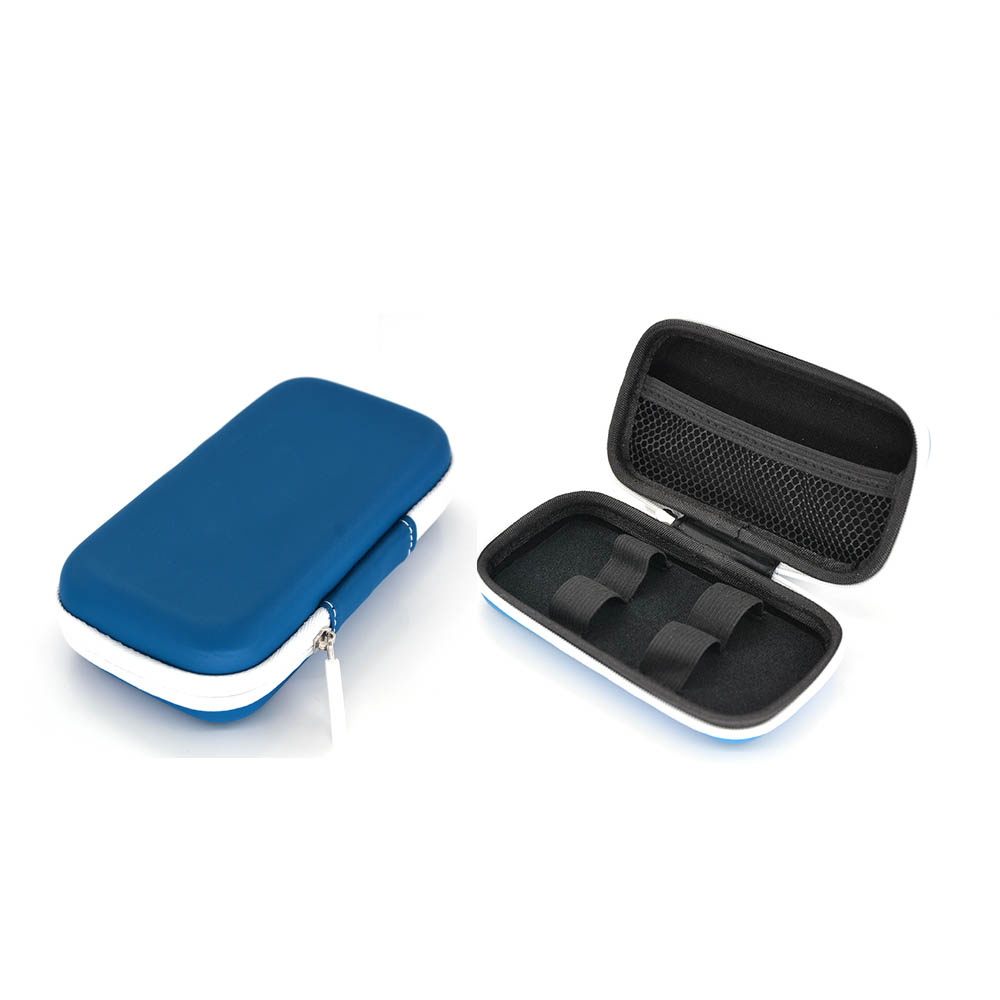The Glucometer Case is an indispensable tool in diabetes management. It not only protects the glucometer and its related accessories, but also helps to organize and store test strips, needles and other important items. To ensure the long-term effectiveness and good condition of the case, regular cleaning and maintenance is important.

Regular Cleaning
1. Check the instruction manual: Before proceeding with cleaning, please carefully review the instruction manual of the protective case. Different materials of the protective case may have different cleaning requirements, following the manufacturer's recommendations can avoid unnecessary damage.
2. Cleaning materials: It is generally recommended to use a soft, damp cloth to wipe the surface of the protective case. Avoid using strong acids, alkalis or corrosive cleaning agents that may damage the material of the protective case. For stubborn dirt, mild soapy water can be used.
3. Cleaning steps:
Wipe with a damp cloth: moisten a cloth towel with water, wring it out and gently wipe the exterior and interior of the protective case. A damp cloth can effectively remove dust and dirt from the surface. For particularly dirty areas, you can clean them with mild soapy water and then wipe them clean with water.
Cleaning crevices: Dust tends to accumulate in the crevices and corners of the protective case. Use a clean brush or cotton swab to gently scrub and remove any accumulated dust or dirt. Be careful not to use too much force as this may damage the internal structure of the protective box.
Drying: After cleaning, make sure the case is completely dry before placing the meter and other accessories. Moist environments may lead to mold growth or device damage.
The protective case can be placed in a well-ventilated place to dry naturally.
4. Cleaning frequency: Depending on the frequency of use and the environment, weekly or monthly comprehensive cleaning is recommended. When the device is used frequently or exposed to dusty environment, the cleaning frequency can be increased appropriately.
Maintenance Recommendations
1. Regular Inspection: Regularly check the appearance of the protective box and note whether there is wear and tear, cracks or other damage. If the material of the protective box is found to be deteriorated or damaged, repair or replace it promptly.
2. Avoid excessive exposure: Avoid exposing the protective box to sunlight or high temperatures for long periods of time to avoid aging, deformation or discoloration of the material.
Likewise, avoid placing the case in a humid environment to prevent mold growth and material deterioration.
3. Keep dry: The inside of the case should be kept dry, especially when storing test strips and other sensitive materials. Moist environments may affect the accuracy of test strips or cause damage to accessories. If the case comes into contact with liquids, wipe it dry as soon as possible and make sure that the interior is completely dry before continuing to use it.
4. Correct storage: Avoid placing the protective case in a place susceptible to impact to prevent damage to the internal equipment due to accidental impact or extrusion.
When in use, take care to hold and place the case gently and avoid exerting too much pressure on the case.
Regular cleaning and maintenance of the blood glucose meter protective case can not only prolong its service life, but also ensure its optimal condition in daily use. Through proper cleaning methods and maintenance measures, you can effectively prevent damage to the device and ensure the normal function of the blood glucose monitoring tool. Good case care habits not only help to improve the efficiency of diabetes management, but also bring a more convenient use experience.